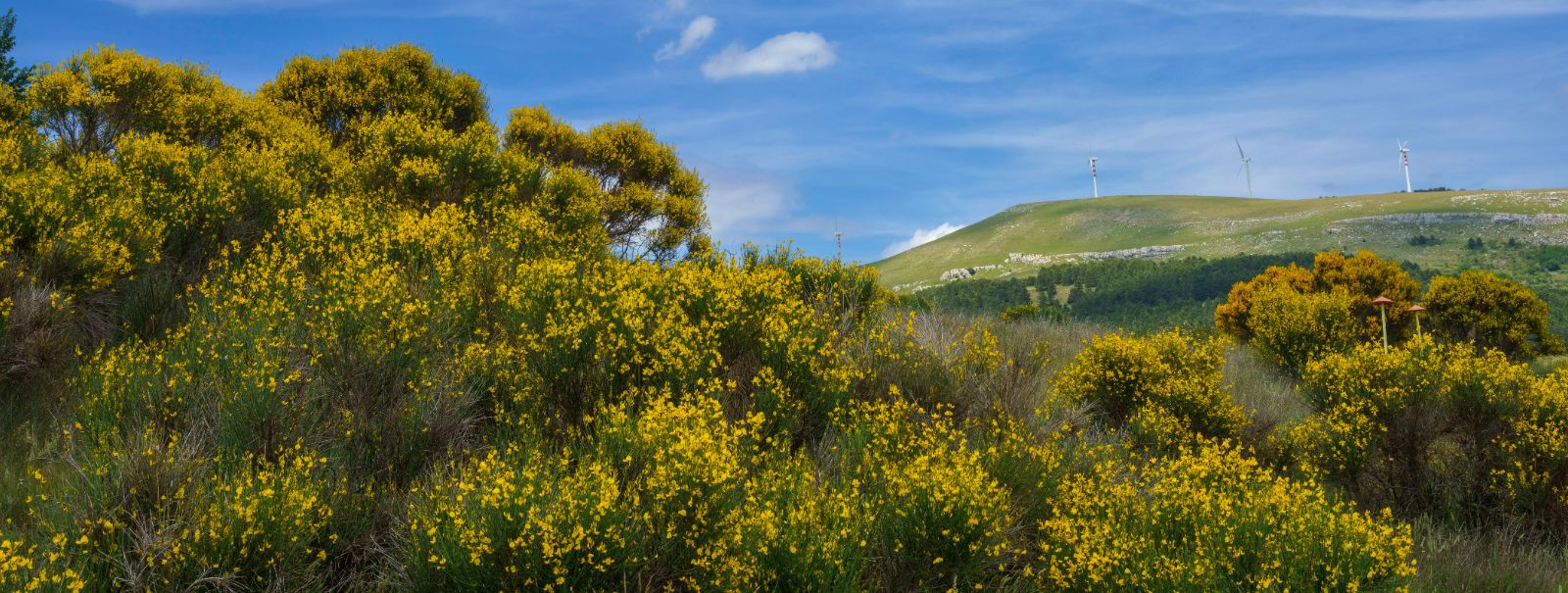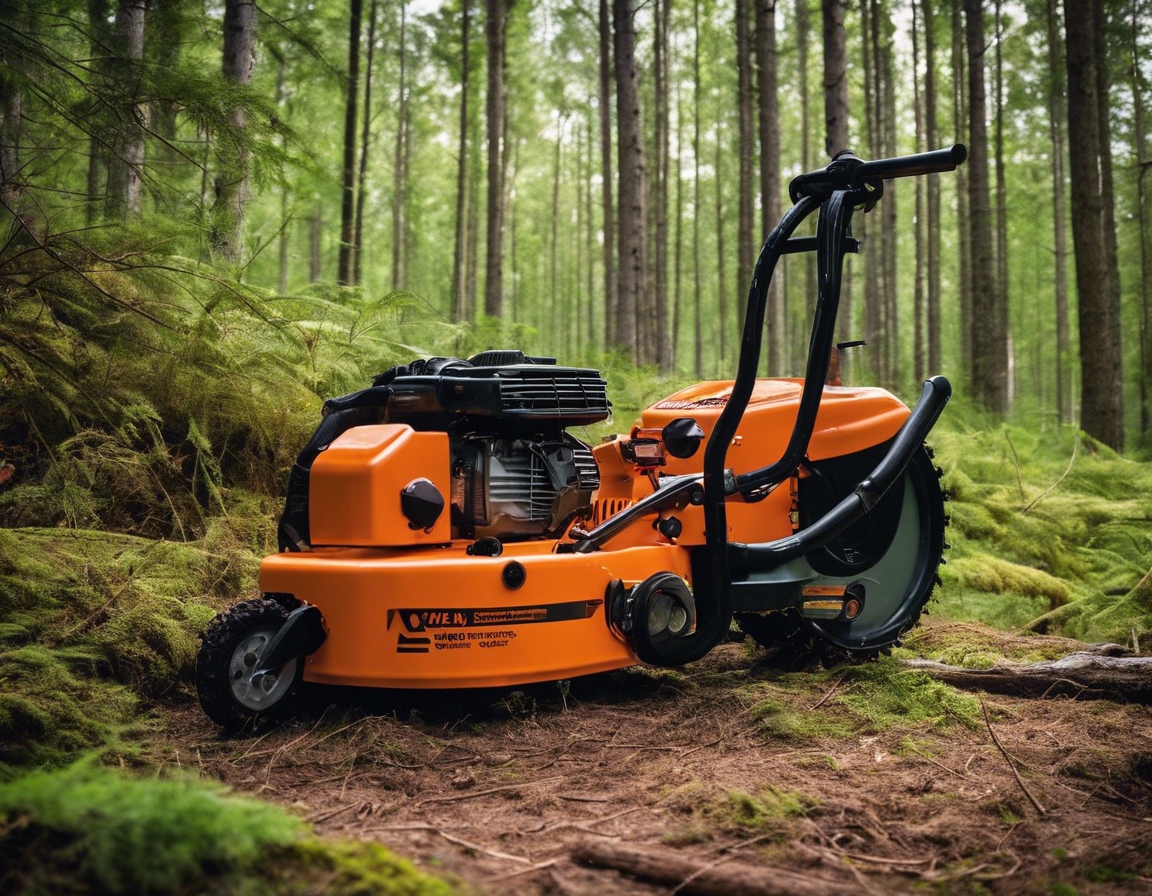5 sustainable shrubbing techniques for healthier forests
Forests are not just collections of trees; they are complex ecosystems where every plant plays a crucial role in maintaining the overall health and balance. Sustainable shrubbing is a forest management practice that focuses on the careful and strategic removal, maintenance, or alteration of shrubbery to promote a healthier forest ecosystem. This practice is essential for the conservation of biodiversity, prevention of soil erosion, and ensuring the longevity of forests.
Understanding the Ecosystem: The Role of Shrubs in Forest Health
Biodiversity is the foundation of ecosystem productivity. In forests, shrubs contribute significantly to this diversity, providing various ecological benefits. They serve as the middle layer between the forest floor and the canopy, creating a more diverse habitat for organisms.
Shrubs offer shelter and food for a multitude of wildlife species. They are particularly important for bird populations, which use them for nesting and protection. The berries and foliage produced by shrubs are also a vital food source for many animals.
The root systems of shrubs help to stabilize soil and prevent erosion. They also play a role in the water cycle, regulating the flow of water through the forest and maintaining the water table.
Technique #1: Selective Shrub Removal
Selective shrub removal involves identifying and removing non-native and invasive shrub species that can outcompete native plants and disrupt the ecosystem. This technique helps to restore the natural balance of the forest.
Strategic thinning of shrubs can open up the forest canopy, allowing sunlight to reach the forest floor and encourage the growth of native plant species. This selective process is crucial for maintaining a healthy forest structure.
Technique #2: Coppicing and Pollarding
Coppicing is an ancient technique that involves cutting shrubs down to their base to encourage new growth. This method promotes a diverse age structure among shrubs, which can enhance the resilience and health of the forest.
Pollarding is similar to coppicing but involves cutting the shrubs at a higher level. This technique is used to manage shrub height and density, making forests more accessible for humans and wildlife while maintaining the ecological benefits of the shrubs.
Technique #3: Ecological Succession Support
Supporting ecological succession involves managing shrubs in a way that mimics natural growth patterns. This can include planting native shrubs in areas where they have been depleted and allowing natural regeneration to occur.
Introducing native shrub species to an area can help to restore the natural ecosystem. This technique is particularly important in areas where the native flora has been significantly altered by human activity.
Technique #4: Habitat Patches and Corridors
Creating habitat patches involves managing shrubs to form small, diverse areas that provide specialized habitats for different wildlife species. These patches can increase the overall biodiversity of the forest.
Corridors are strips of natural habitat that connect separate patches, allowing animals and plants to move between them. This technique is crucial for maintaining genetic diversity and allowing wildlife to migrate and disperse.
Technique #5: Sustainable Harvesting Methods
Sustainable harvesting methods involve using hand tools and low-impact machinery to minimize damage to the forest floor and non-target species. This approach ensures that the forest can recover more quickly and continue to provide ecological benefits.
Harvesting shrubs sustainably means considering the long-term health of the forest. This includes planning harvests to avoid nesting seasons and ensuring that enough shrubs remain to support the ecosystem.






Comments (0)